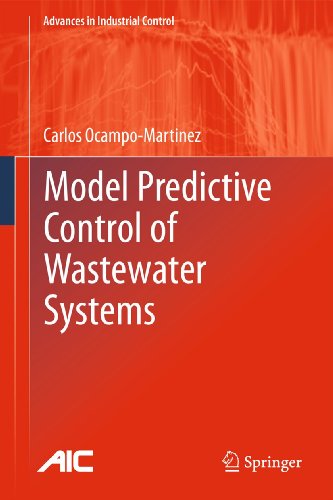

Most ebook files are in PDF format, so you can easily read them using various software such as Foxit Reader or directly on the Google Chrome browser.
Some ebook files are released by publishers in other formats such as .awz, .mobi, .epub, .fb2, etc. You may need to install specific software to read these formats on mobile/PC, such as Calibre.
Please read the tutorial at this link: https://ebookbell.com/faq
We offer FREE conversion to the popular formats you request; however, this may take some time. Therefore, right after payment, please email us, and we will try to provide the service as quickly as possible.
For some exceptional file formats or broken links (if any), please refrain from opening any disputes. Instead, email us first, and we will try to assist within a maximum of 6 hours.
EbookBell Team

4.0
86 reviewsSewer networks are large-scale systems with many variables, complex dynamics and strongly nonlinear behaviour. Their control plays a fundamental role in the management of hydrological systems related to the natural water cycle, potentially avoiding flooding and sewer overflow in extreme weather. An adequate control scheme must deal with the complicated nature of sewer networks.
Model Predictive Control of Wastewater Systems shows how sewage systems can be modelled and controlled within the framework of model predictive control (MPC). Several MPC-based strategies are proposed, accounting for the inherently complex dynamics and the multi-objective nature of the control required. The effect of system disturbance, represented by data from real rain episodes, on the performance of the control loop to which these strategies give rise is also accommodated. Complementary to these considerations is the incorporation of the closed-loop system within a fault-tolerant architecture and the study of faults in system actuators. Actuator faults are represented using hybrid modelling techniques, avoiding the loss of convexity of the related optimisation problem when the linear case is considered. The methods and control designs described in this book can easily be extrapolated to other complex systems of similar nature such as drinking-water networks and irrigation canals. A MATLAB® toolbox, created by the author and available for download from www.springer.com/ISBN will assist readers in implementing the MPC methods described within a sewer network.
Model Predictive Control of Wastewater Systems will be of interest to academic researchers working with large-scale and complex systems and studying the applications of model-predictive, hybrid and fault-tolerant control. Control engineers employed in industries associated with water management will find this book a most useful resource for suggesting improvements in the control algorithms they employ.